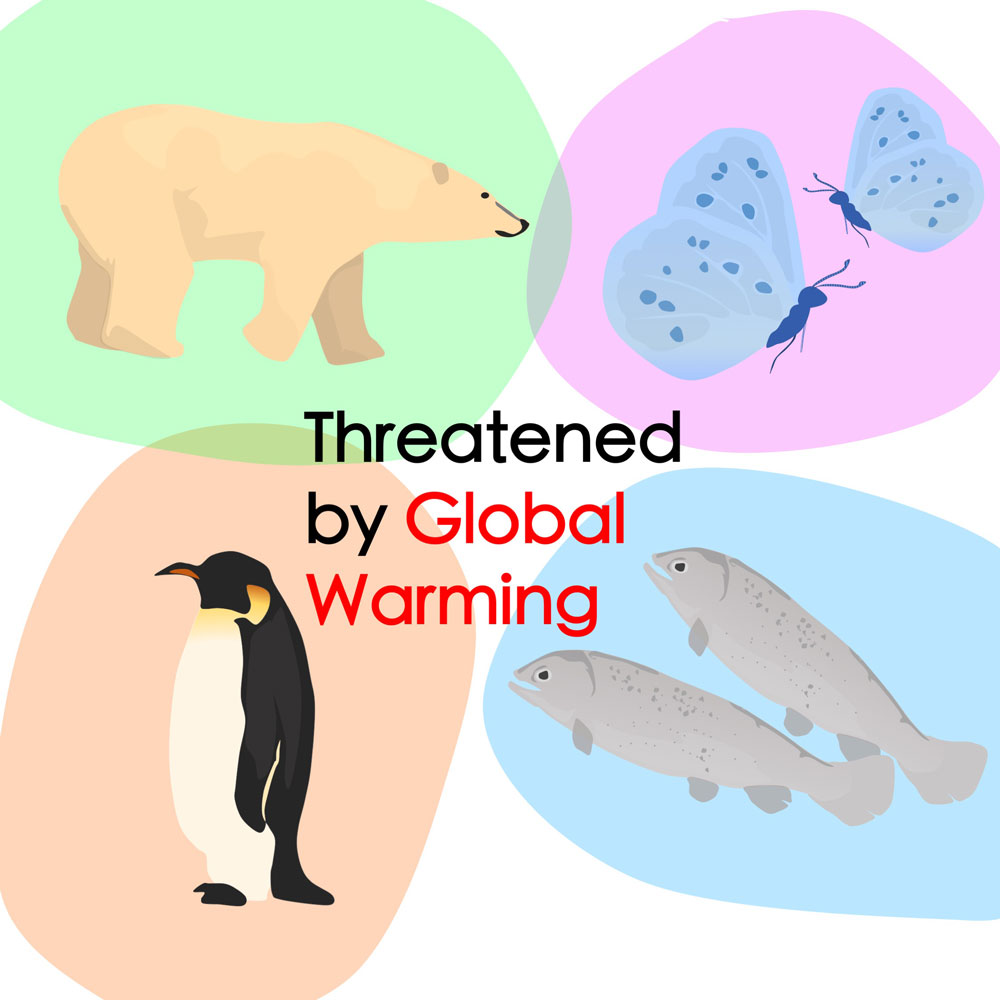
Written by Maia Dall’Acqua
Illustrated by Tammy Lee
As heightened greenhouse gas emissions produced by human activity continue to warm the atmosphere, more and more animals are migrating to areas of cooler temperatures in an attempt to find a suitable habitat. Many mammals have shifted their range by at least 6km in the past decade, but for some, this has not been enough to survive, resulting in increased extinction rates. The first animal adversely impacted and driven to extinction in this way was the white lemuroid possum. Some ecologists think this could have been prevented by a controversial new conservation strategy: assisted migration.
Assisted migration is the practice of physically moving an endangered animal or plant to a new region that it can not reach on its own in order to increase the species’ chances of survival. The new area is usually a more suitable climate for the organism but is similar in terms of other species and soil composition to its original habitat.
While this practice may save a species from extinction, it also has many risks and could cause unforeseen damage to the new environment. For example, the watercress darter (a species of fish) was translocated to a new spring, but outcompeted the native rush who previously inhabited it and caused their extinction. Because of these scenarios, many scientists are worried the effects of assisted migration are unpredictable and may not manifest until it is too late to reverse the process. The introduction of new parasites is also a big concern, as well as the potential for introduced species to become invasive pests. Even more bothersome is the many examples of failed assisted migration compared to the few success stories.
Nevertheless, humans are running out of options to reverse damage to the natural world, resulting from greenhouse gas emissions and the warming of the planet. Some ecologists argue that assisted migration is the best option to save species that are near extinction, regardless of the risks. Additionally, some successful translocations, like that of the marbled butterfly, have been documented, which has fostered hope for further use of this approach. One thing that might increase the effectiveness and practicality of this technique is creating better theoretical models to predict future implications of the process on ecosystems. However, this is easier said than done as many factors need to be considered, such as complex interactions between organisms.
The ultimate question that surfaces when considering carrying out assisted migration is whether humans should be tampering with ecosystems that have already undergone sufficient strain. Although it might provide a temporary solution to the extinction of certain species, the best way to save these animals is to address and modify the human activities that are contributing to global warming in the first place.
Sources
- https://www.scientificamerican.com/article/assited-migration-global-warming/
- https://www.nrcan.gc.ca/forests/climate-change/adaptation/13121
- https://depts.washington.edu/oldenlab/assisted-migration-good-idea-or-misguided-hope/